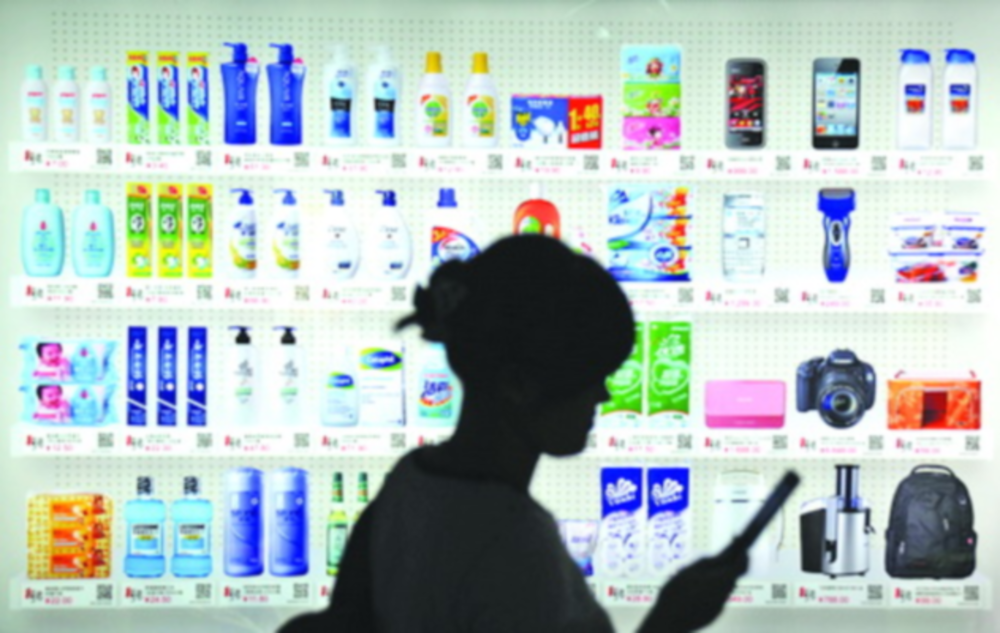Classic mass marketers at consumer packaged goods companies who have heretofore dabbled in digital targeting methods are discovering there’s mass in mobile. A study released today by mobile analytics company NinthDecimal reports that 70% of consumers in 2014’s third quarter bought new packaged goods products after being served mobile ads.
“Mobile has finally become a sophisticated platform for CPG companies,” says NinthDecimal President David Staas. “They now have sufficient richness of data in the mobile platform. They can create audiences based on so many signals, including purchase behavior.”
NinthDecimal’s study, which called upon audience data from a billion mobile devices reached through its platform, as well as a survey of 1,202 mobile users, found that mobile ads had a profound effect on building store traffic in grocery, drug, and mass channels. Consumers exposed to mobile ads for CPG products showed a 75% increase in store visits over a control group of similar segments, and a 96% lift over the general population. That mobile ad effect truly took wing over the past year. A similar comparison done by NinthDecimal in 2013 showed a mere 29% rise in traffic from mobile ad watchers.
Albertsons, which had dropped its customer loyalty program, is now showing signs of resurrecting it, and perhaps for good reason. Mobile connections with supermarket shoppers take place largely via their loyalty club apps. Some 57% of consumers charted by NinthDecimal in Q3 2014 had store apps on their devices, compared to 30% with CPG brand apps and 26% with digital coupon apps. The study uncovered a 16% increase in downloads of store apps in the quarter versus the previous year.
Interestingly, store apps are more popular among men, even though women have long been identified by grocery chains as their most profitable customers. Fifty-seven percent of store app users are male, and a like percentage are millennials (18-33). More than two thirds of them are urban dwellers, while just under a quarter are suburbanites.
CPG marketers have plenty of room for improvement in their digital outreach. NinthDecimal’s consumer survey found that more than half of them are displeased with having to scan mobile devices at checkout to redeem offers. Yet more than a third of them expressed willingness to connect in-store, saying they’d like to be recognized and receive offers upon entering.
“You’re going to be more successful with any new technology if the technology adapts to consumers,” Staas observes. “If you make them scan at checkout, for instance, you’re removing a lot of the benefit.”
It comes down to an old mass marketing saw: Give the people what they want. “You can change shoppers’ behaviors in-store with digital methods if it makes things simpler for them,” Staas says. “QR codes never got a lot of adoption in stores, because it was too complicated to read them. But what if you used beacons to let people know what the average wait time was at checkout?”
The gross numbers on mobile connectivity at retail are becoming “mass” enough for lots of CPG stalwarts to take notice. Sixty-nine percent of consumers saved coupons to their devices during last year’s third quarter and 59% used them to make their shopping lists. Mondelez, Pepsi, Quaker, and other leading packaged goods companies are steadily increasing their profiles in the mobile channel.
“CPG is one of the fastest growing segments of mobile advertising,” Staas says. “The value proposition has changed for them with mobile.”









